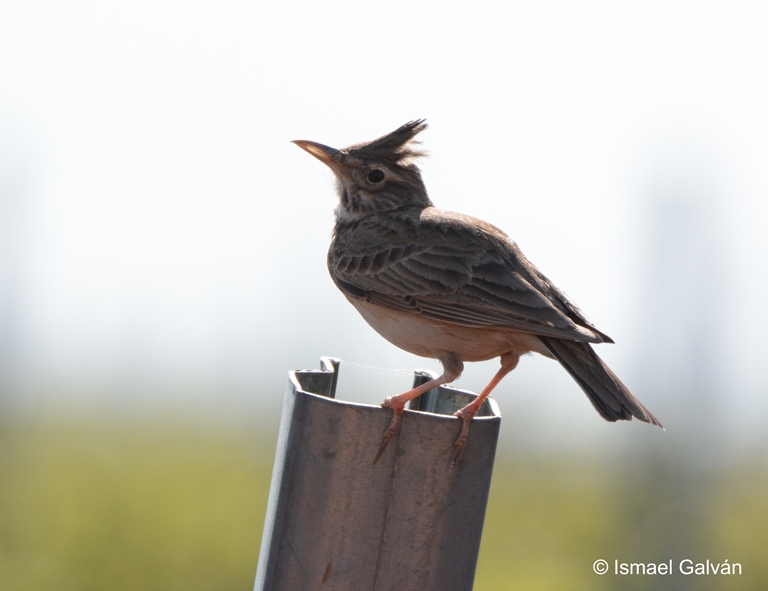Birds exhibit an extraordinary diversity of plumage pigmentation patterns. It has been overlooked, however, that complex patterns can be produced only with the contribution of melanins because these are the only pigments under direct cellular control. This hypothesis was tested for the first time examining the plumage patterning of all species of extant birds. 32% of species show complex plumage patterns, the vast majority (98%) including the contribution of colors produced by melanins. Only 53 species show complex patterns that do not containing melanin-based colors, and these species display unusual colorations and belong to three families where innovative metabolic modifications of conventional carotenoid pigments have been described. While the adaptive functions of complex plumage patterns remain poorly understood and in most cases are ascribed to fulfill camouflage, our findings indicate that such functions will be only understood by considering the synthesis pathway of melanins. informacion[at]ebd.csic.es: Galván et al (2017) Complex plumage patterns can be produced only with the contribution of melanins. Phys Biochem Zool. Doi 10.1086/693962
http://www.journals.uchicago.edu/doi/abs/10.1086/693962








 Open Call for Research Projects in ICTS-Doñana!
Open Call for Research Projects in ICTS-Doñana!


